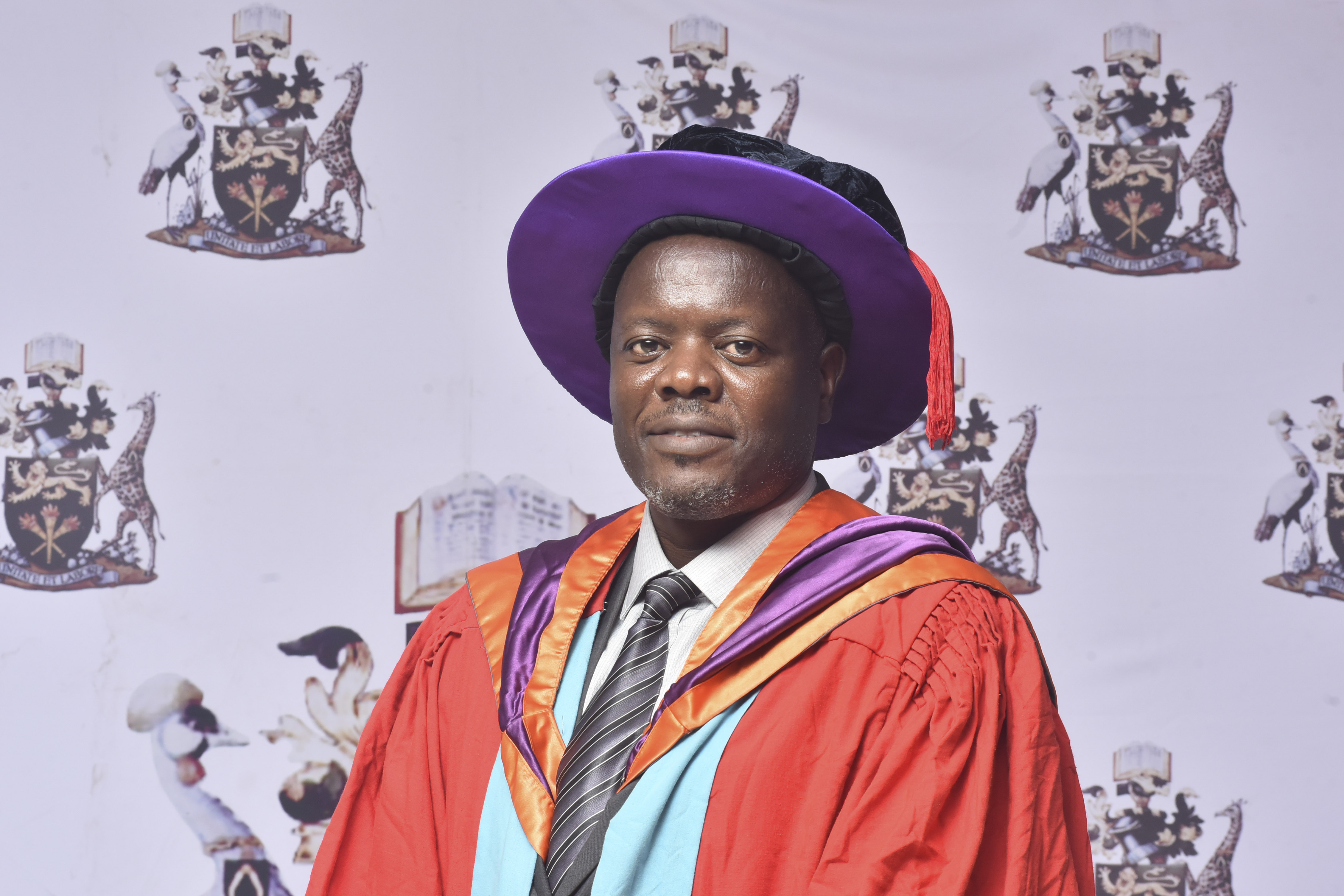
Hydropower is sustainable and environmentally friendly source of energy worldwide. Driven by streamflow, it is vulnerable to climate change and land use land use change. The hydropower production from the two-existing run-of-river hydropower projects on the Sondu Miriu river are vulnerable to rainfall variability and requires proper understanding of the climate change trends and policies to support sustainable hydropower development and put in place strategies for building resilience for the local communities. The four specific objectives included examining climate change trends and their impacts on hydropower; examining the impacts of both the climate change and the hydropower development projects on the livelihoods of the community living within the basin; identifying appropriate and sustainable strategies for integrating climate change adaptation into hydropower development; and finally reviewing and identifying appropriate policy options for integrating climate change adaptation into hydropower development within the Sondu Miriu river basin. The methodology involved analysis of downscaled climate data from CORDEX for the period from 1950 to 2100, gridded data from Kenya Meteorological department for a period from 2007 to 2018, river flows data from Water Resources Authority for a period from 2007 to 2018 and hydropower output data from KenGen for a period from 2007 to 2018 to examine the climate change trends within the Sondu Miriu River basin and impacts on hydrology and hydropower. Participatory methodologies involving administration of questionnaires at household level and focus group discussions with the local leaders and actors were applied to determine the impacts of climate change and the hydropower development on the community livelihoods within the Sondu Miriu River basin. Review of existing climate change adaptation strategies and policies were carried out to identify appropriate strategies and policy options for integrating climate change adaptation in hydropower developments within the Sondu Miriu river basin. The results indicate that maximum and minimum annual temperature increased by 0.7oC and 0.9oC respectively between 1950 and 2005. Both the maximum and minimum annual temperatures are projected to increase by 1.9oC based on the RCP4.5 and RCP8.5 scenarios between 2006 and 2100 within the Sondu Miriu basin. Annual rainfall increased by 74.8 mm between 1950 and 2005. This is projected to increase by 24.7 mm and 117.8 mm based on RCP4.5 and RCP8.5 scenarios, respectively. For the period between 2007 and 2018, the observed maximum increased by 50C while the minimum temperatures decreased by 10C. The rainfall decreased by 193.14mm while the mean daily river flows decreased by 0.3 m3/sec annually during the same period. This resulted in the decrease of hydropower production by 8.3 GWh in Sondu Miriu HPP between 2007 and 2018 while the production reduced by 14.18 GWh for Sang’oro HPP between 2012 and 2018. The socioeconomic status of the basin indicates that majority of the households (>59%) are poor and earn below 8 US dollars per day. The employment rate is extremely low with only 22% in formal employment. About
49% of the households still use wood fuel and charcoal as energy sources which is a threat to catchment conservation. No clear climate change adaptation strategies are being implemented within the basin. A framework is needed to implement appropriate climate change adaptation strategies supported by the current existing policies in Kenya. Climate Change act of 2016 created linkage with other existing policies for effective support of integration of climate change adaptation into hydropower development in Sondu Miriu River basin. Understanding climate change trends within Sondu Miriu River basin should guide the planning for hydropower development projects. Strengthening community resilience to climate change impacts is one of the benefits to be derived from the hydropower projects by supporting appropriate adaptation strategies within the existing policy framework.
Keywords: Climate change, Adaptation strategies, Hydropower development, Sondu Miriu River basin.
